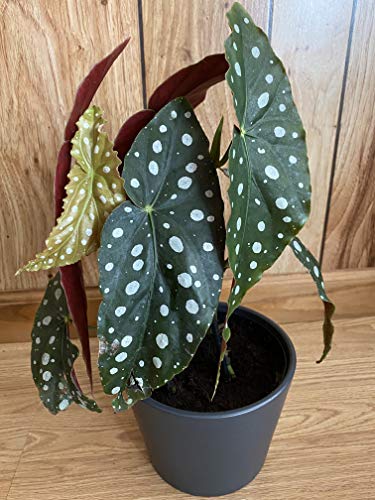Why go for the status quo when you can be an original? This is also true in the plant world.
While the most common popular houseplants bring unquestionable beauty to our homes and offices, there are quite a few unusual houseplants that you might not have seen before. They are fun to grow and will most certainly be attention-getters, if not the topic of conversation.
Here are some of my favorites if you’d like to try your hand at cultivating fun, cool, and unique houseplants that are out of the ordinary.
1. Air Plant (Tillandsia xerographica)
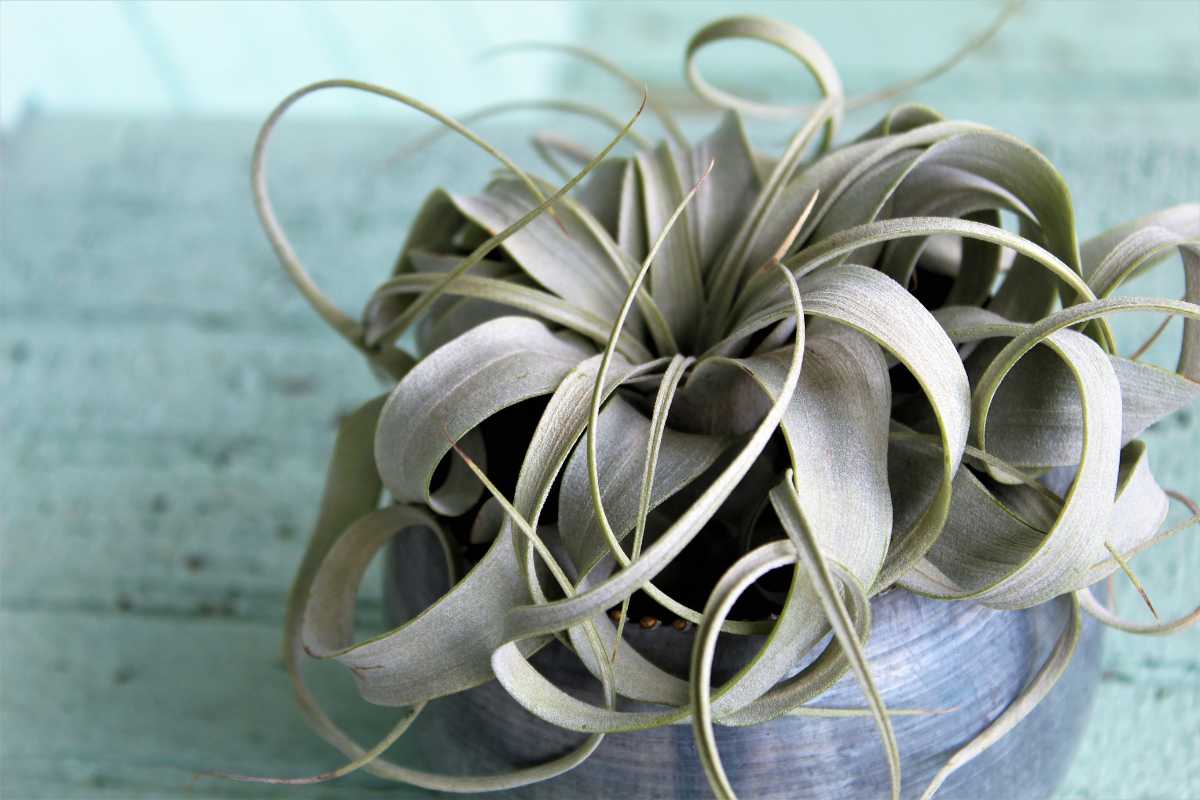
Even as air plants increase in popularity, the Xerographica variety remains rare. Greenish silvery leaves in the form of a rosette that curl inward underneath give it an almost ghostly appearance.
Air plants are slow growers, but the cool thing about these epiphytic plants is that they do not require soil to survive or thrive. You can cultivate your tillandsia by perching it on a piece of wood or stone, or by simply placing it in a colorful bowl.
If you live in a humid climate, misting your air plant should be sufficient. If not, soak it in water once a week. Remove excess water by allowing the water to drip off the plant when held upside down.
2. Banana Shrub (Magnolia Figo)
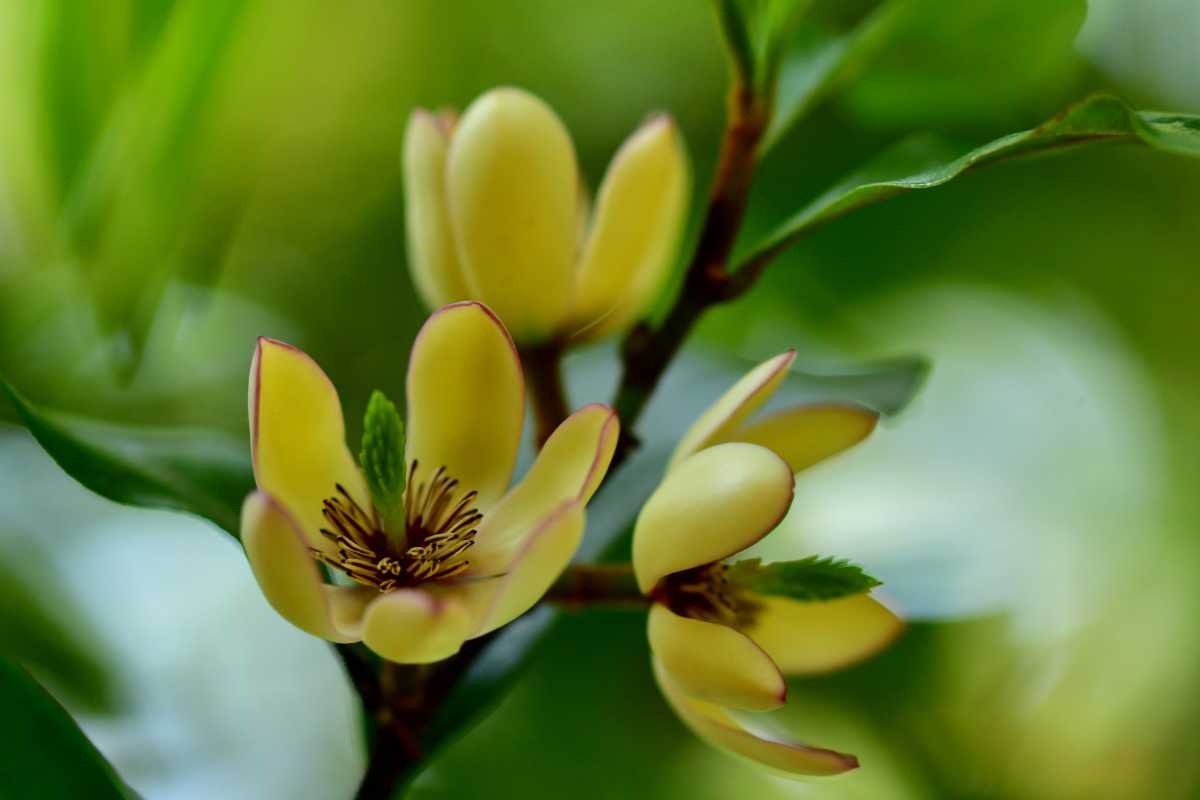
The banana shrub is not related to the banana we eat, but the creamy yellow blossoms with a purple tinge do smell like them. Actually, a member of the magnolia family, this fragrant lady will bloom year-round, rewarding you with fresh flowers to come home to.
A lover of bright light, the banana shrub will do well in or near a south-facing window. Allow the soil to dry out from one watering to the next.
3. Black Bat Flower (Tacca chantrieri)
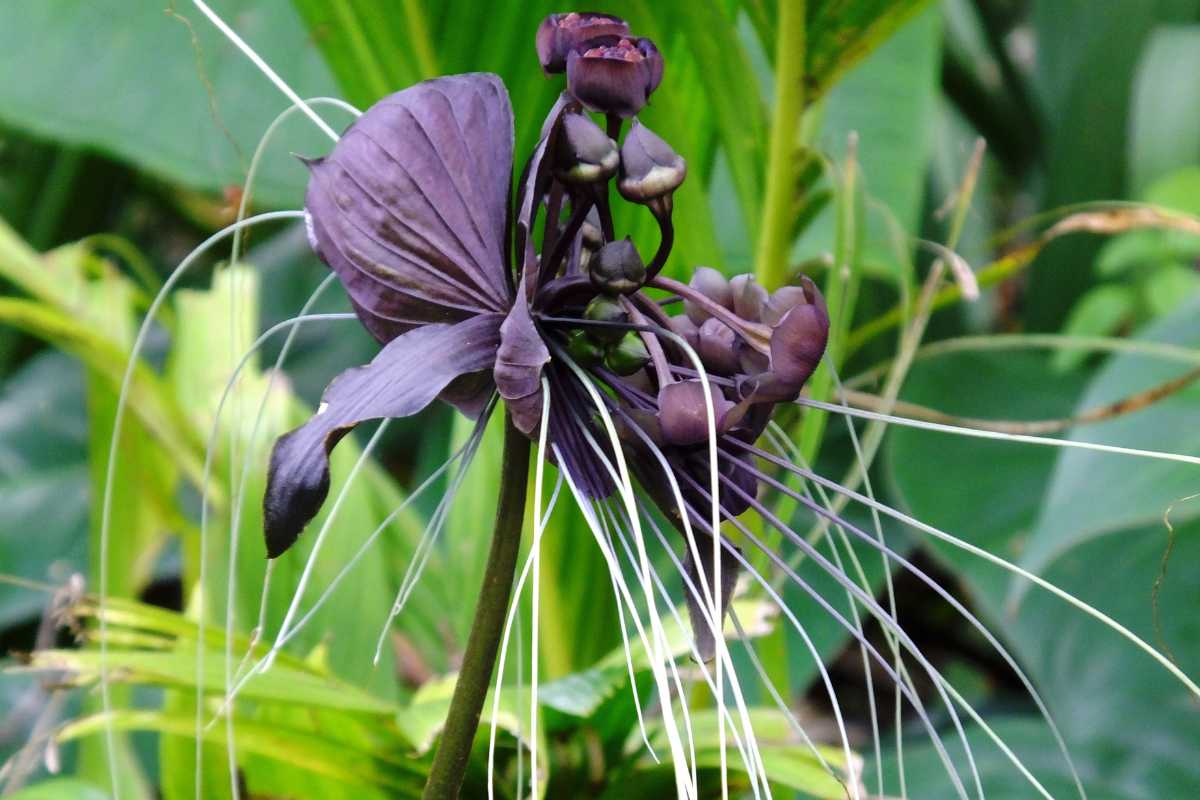
This is one unusual plant that will undoubtedly attract attention. The Black Bat Flower distinguishes itself from the pack by producing black flowers that some think resemble a bat, while others say it’s a cat with whiskers.
It will flower at the end of summer and fall, may make it right up to Halloween. A tropical plant hailing from Southeast Asia, it will grow as an understory plant in its native habitat. Thus, it needs filtered indirect light, humidity, and a warm room temperature to thrive.
The black bat flower is a great low-light indoor plant for spaces without much direct sunlight exposure. It also needs good air circulation, loose potting soil, and a terracotta container for its cultivation with a biweekly feeding during the growing season.
4. Desert Rose (Adenium obesum)
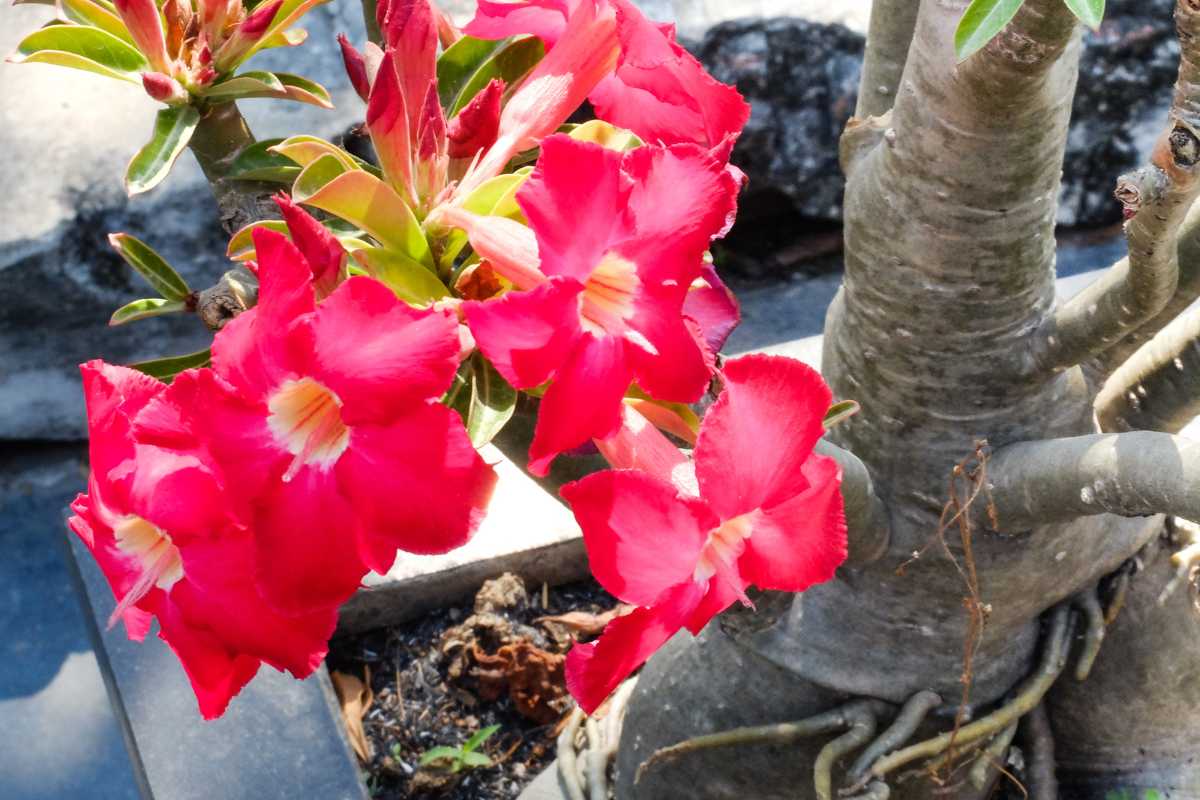
Native to Eastern Africa, the Desert Rose is a lovely flowering plant that loves a sunny, warm environment in which to produce its lovely bright red or pink blooms. Looking somewhat like a flowering bonsai tree, the trunk functions as a water reservoir for times of drought.
The desert rose is a forgiving plant, so if you forget to water it, fear not. The soil bed should dry out before watering each time. The vivid colorful, beautiful flowers will add color to any room.
5. Echinopsis (Echinopsis calochora)
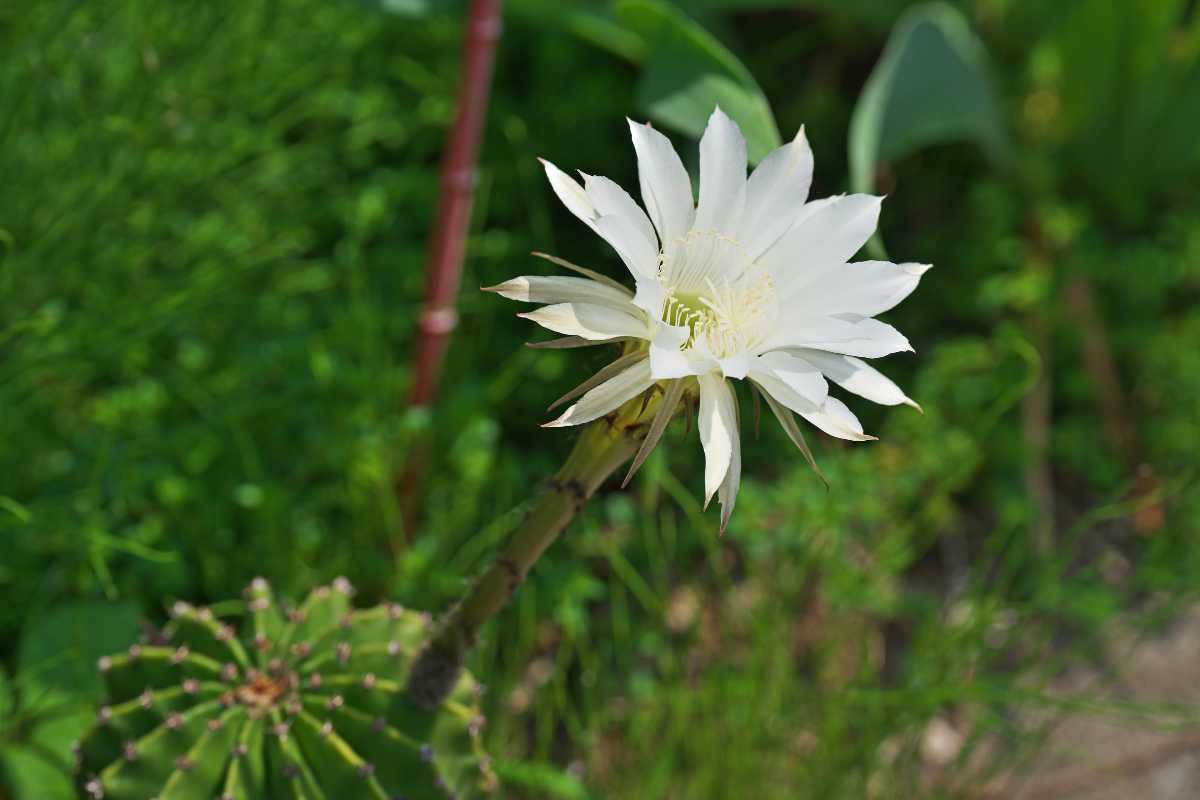
The Echinopsis is a great plant for the night owls among us. A cactus, it appears to be a typical smallish mound with thorny ribs. Native to rocky terrain in South America, it likes loamy well-draining soil, lots of sunlight, and only the occasional watering.
If these needs are met, your Echinopsis will provide you with nocturnal delight in the form of delicate large white flowers that only bloom at night. Should you want to share this nighttime pleasure, the baby pups that appear at the cactus’ base can be divided, repotted, and gifted to a fellow night owl.
6. Frizzle Sizzle (Albuca spiralis)
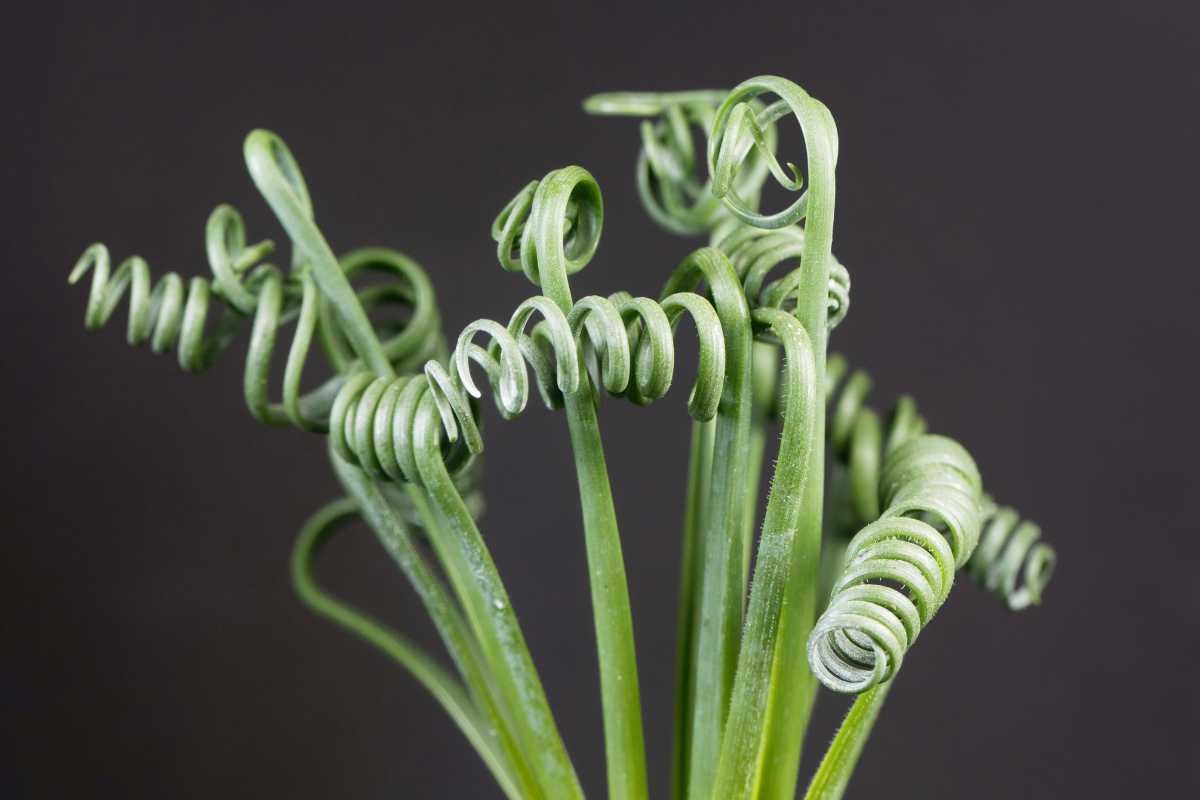
The Frizzle Sizzle is a delightful plant that has a fun and cool name. It also looks like something out of an animated cartoon because of its green corkscrew appearance. Admired for its sculptural, almost architectural look, the Albuca features spiraling leaves that are thick and curly.
In the spring, yellow vanilla-smelling flowers bloom. The frizzle sizzle needs a good amount of light so a window that faces south is ideal, and the soil should dry out in between one watering to the next.
7. Hoya Lucky Heart (Hoya Kerri)
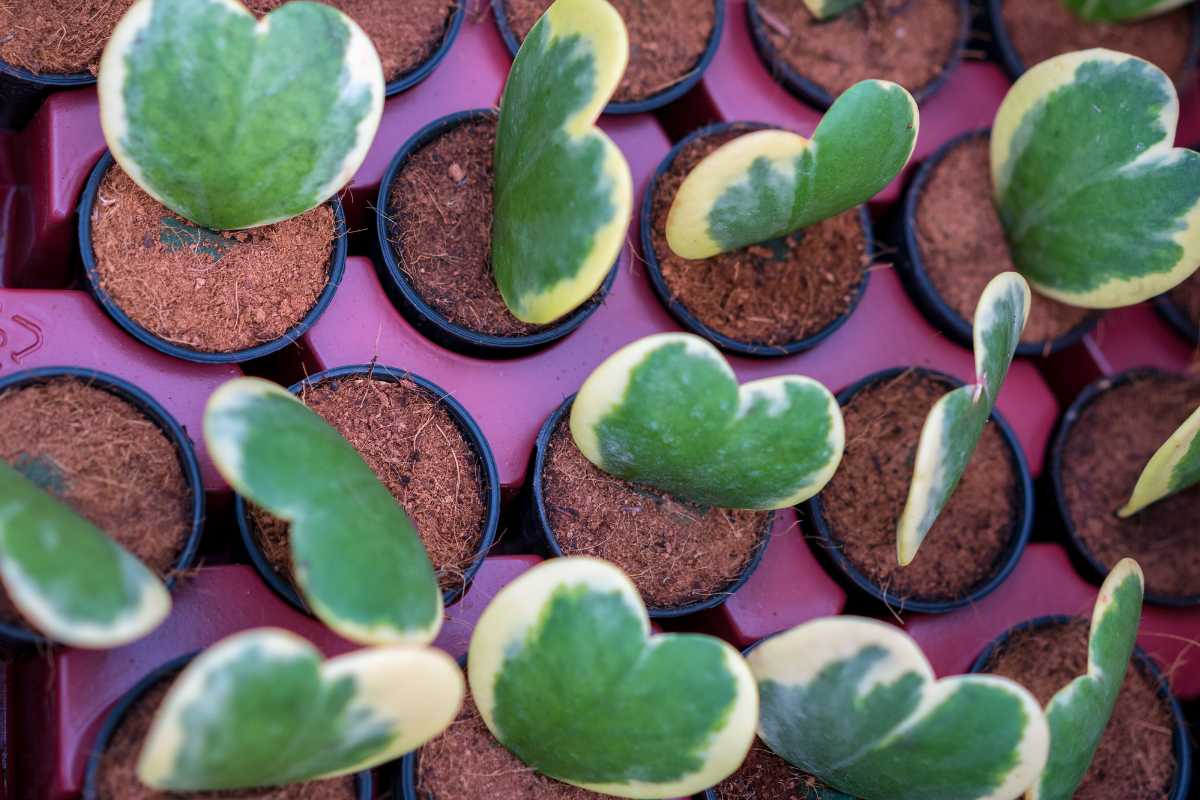
We could not leave out this heart-shaped succulent that would please anyone if received. The Hoya Lucky Heart features super cool, heart-shaped leaves. In fact, they are often sold as a single heart leaf in planters.
As a succulent, the Hoya enjoys thicker fleshier foliage, meaning you have a lovely green sturdy heart growing in a pot and it only requires sun and occasional watering.
8. Living Stones (Lithops Species)

Rocks that grow! If you want something original and unusual looking, consider the Living Stones. These succulents are native to South Africa and look as if they are simply pretty stones in a pot. Leaves appear almost fused together.
When the growing season begins in the spring, new foliage will appear in the space between old foliage. They do exceptionally well on a sunny windowsill and require watering monthly or bi-weekly at the most. Grow them in a sandy growing medium with excellent drainage.
9. Life Saver Plant (Huernia zebrina)
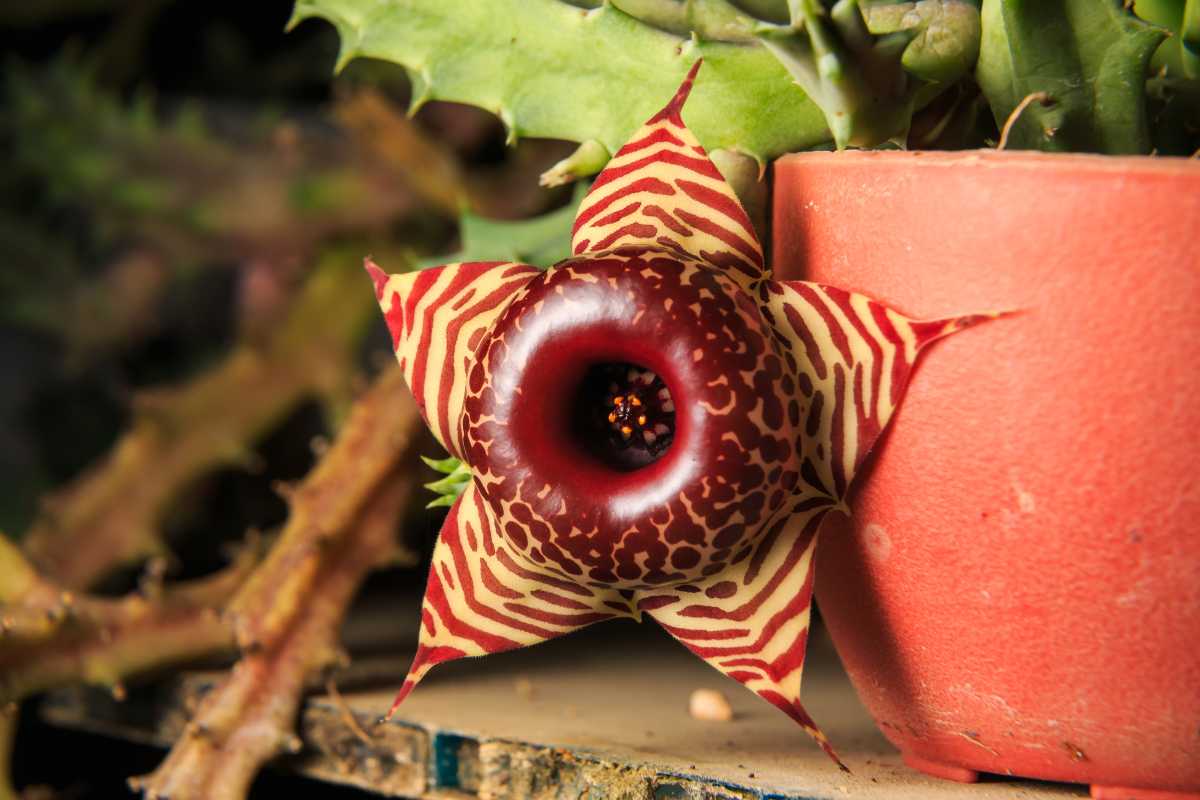
The Life Saver Plant produces a stunning five-pointed flower in the shape of a star that is yellow with copper and a lifesaver rim in dark red, which explains its popular name. It looks like it has a lifesaving jacket on.
A low-growing plant, it features stems that have four sides with soft teeth along the edges. This succulent loves full sun and not too much water. Soil should be allowed to dry out and is drought tolerant, so you don’t need to worry if you’re traveling.
10. Moon Cactus (Gymnocalycium mihanovichii)
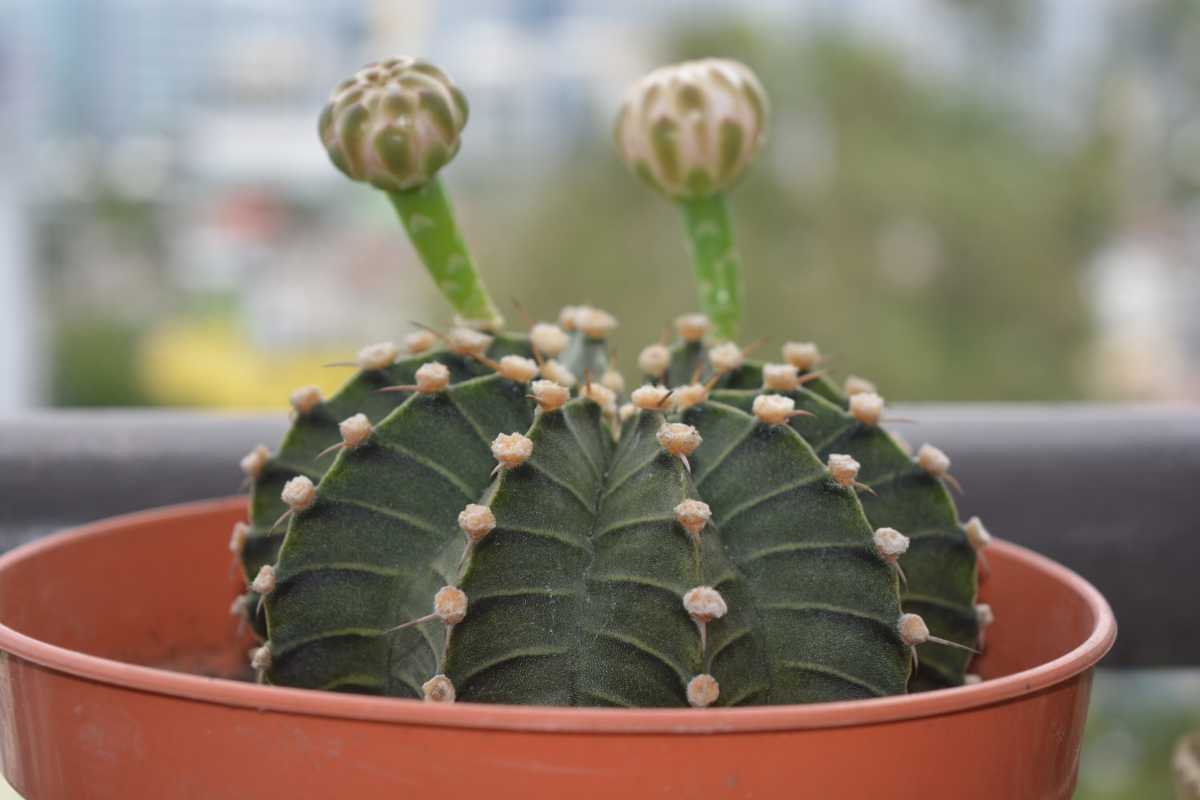
An out of the ordinary cactus, the Moon Cactus is a really cool looking plant. It features a green stalk with a vividly colored ball on top in red, yellow, orange, or pink, making it appear as if it has a bloom.
Sometimes called a Ruby Ball Cactus, it is what is known as a grafted cactus or two different cacti that have been grafted together. The tinted ball is, in reality, the Gymnocalycium mihanvichii, while the stalk can come from any number of other cacti.
Like all cacti, the moon cactus likes a sunny spot with lots of warmth. It should only be watered when the cactus soil mix is dry. A cactus fertilizer can be used monthly during the growing season in the spring and summer months.
11. Pitcher Plant (Nepenthes)
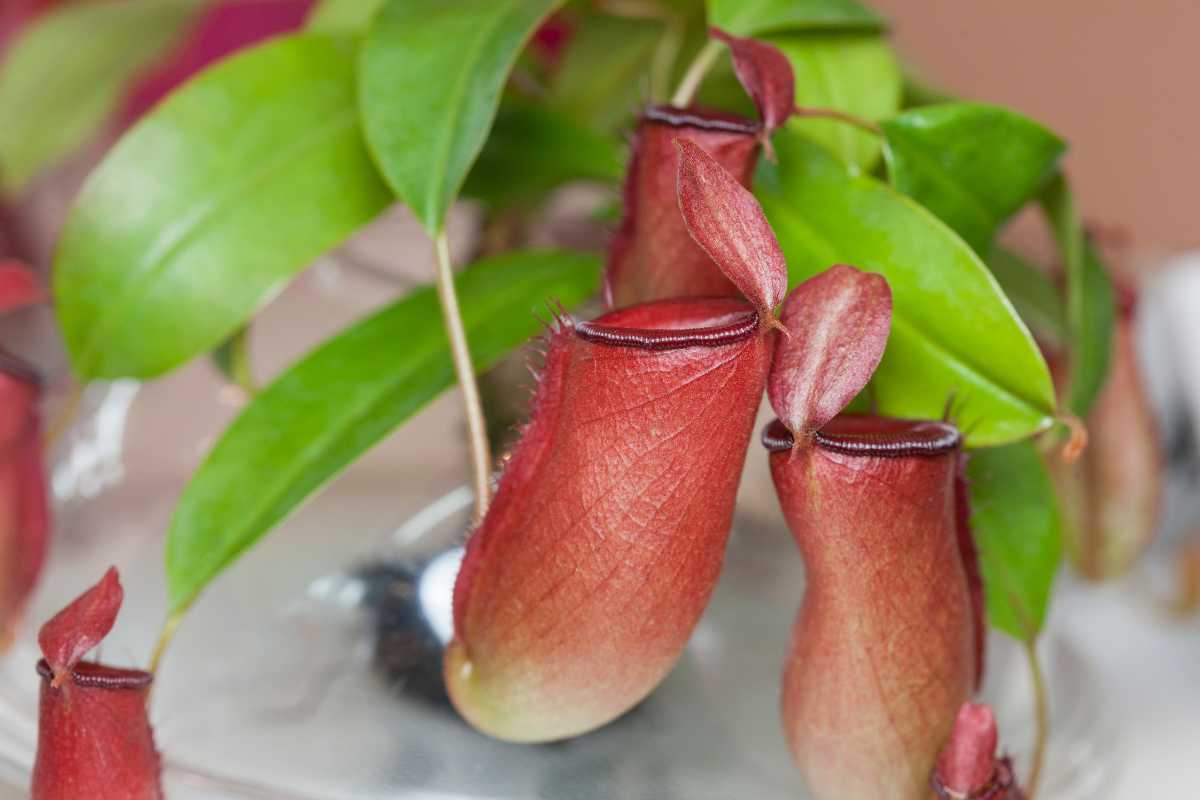
Talk about cool, the insect-eating carnivorous Pitcher Plant tops the list. Nourishing itself by digesting insects and flies that fall into its trap, the Pitcher features long pitcher-shaped cups that have an appealing, deadly nectar secreted within.
After being attracted by the nectar, the insect arrives and slips into the pitcher cup. The enzyme soup suffocates and digests the unwilling victim. The pitcher plant survives thanks to the nutrients insects provide.
A sphagnum moss and perlite soil bed that is kept moist is the ideal growing medium. In the summer, it can be positioned outdoors to lure, trap, and catch its prey. In the winter, blood worms normally sold as fish food will be good for the pitcher’s diet.
Warm temperatures, sunlight, a bit of humidity, and a protein diet are all it requires.
12. Polka Dot Begonia (Wightii Begonia)
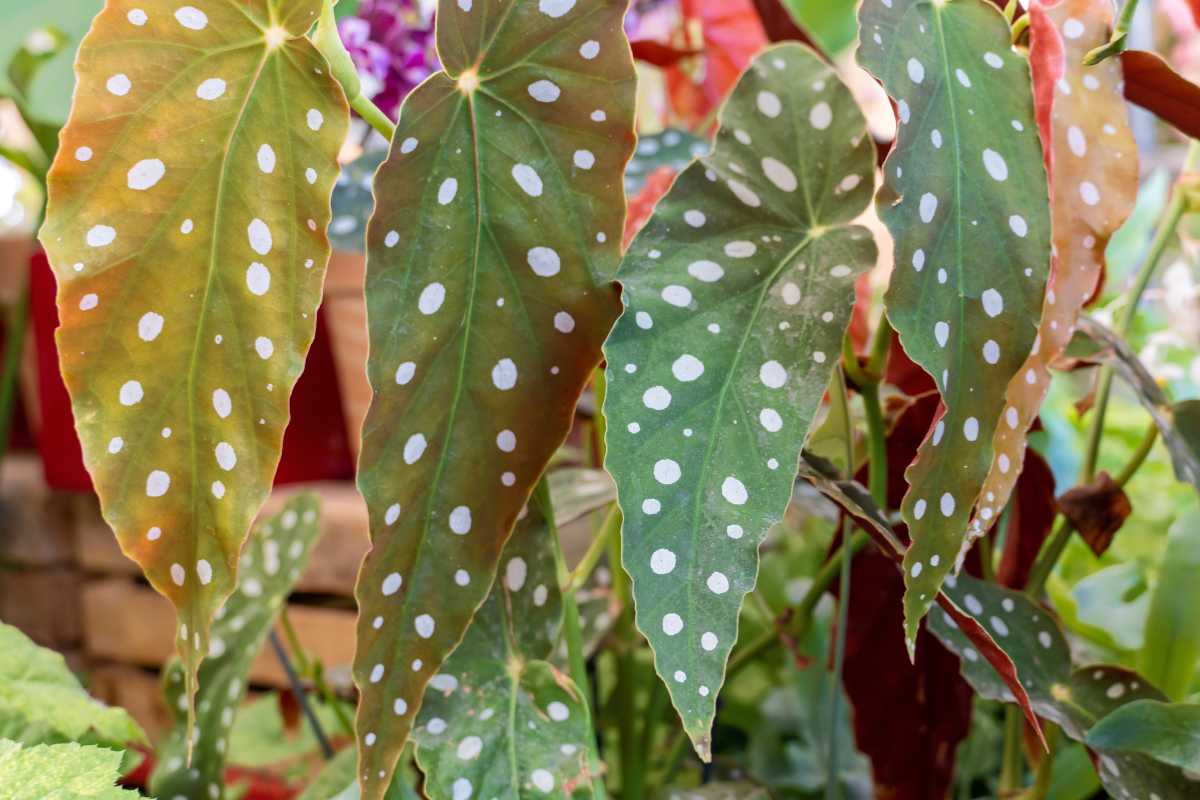
Various begonias could easily be included in an unusual or cool plant to grow list, but the Polka Dot Begonia (Begonia Maculata) is one of the more unique ones. Patterns and colors are the begonia’s forte, but this unique begonia naturally stands out for its polka-dotted foliage with large silver spots on a green background.
This beautiful plant will also produce white blooms to compliment that foliage. Easy to care for, the Wightii Begonia does not require full light and prefers partial or filtered light.
East and west-facing windows are best and take care to let the soil bed dry out before watering again.
Note that this is a different plant from the Polka Dot Plant.
Fun, Cool, and Unique Houseplants Final Thoughts
If you thought houseplants basically provided a bit of green with an occasional bloom, think again. Consider all the wild and weird colors, shapes, and quirky growing habits that some of these unique houseplants can offer!
Check out some of the other fun houseplant lists to help you choose the best indoor plants for you:










